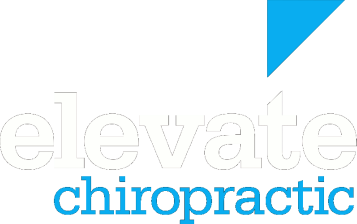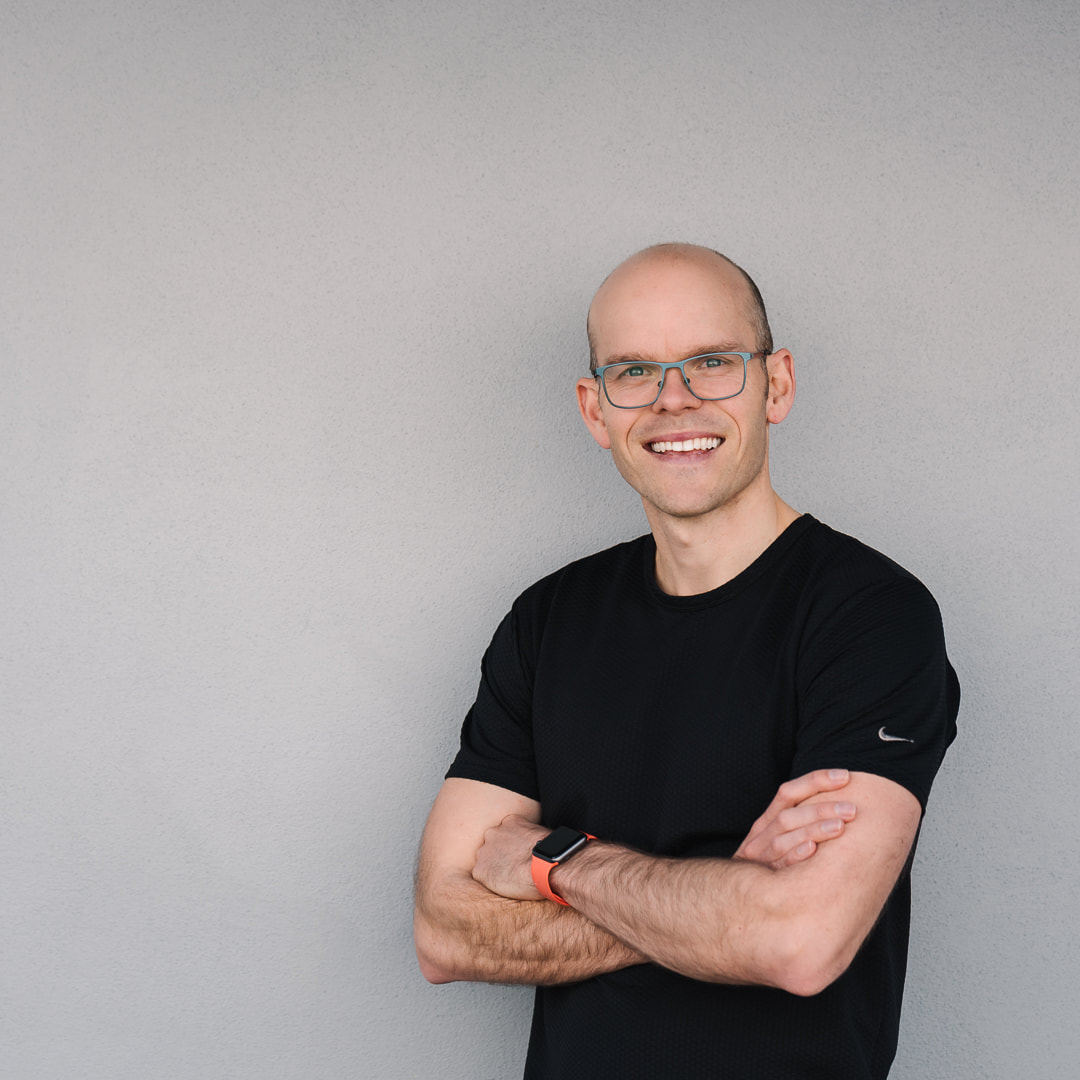If you are a person who regularly takes paracetamol for back pain, you may not be getting the results you want according to some new research that was published recently in The Lancet. This research was the first large randomised trial to compare the effectiveness of paracetamol with placebo for low back pain, they found that paracetamol is no better than placebo at speeding recovery from acute episodes of lower back pain or improving pain levels, function, sleep or quality of life. The findings question the universal endorsement of paracetamol as the first choice painkiller for low-back pain, say the authors. Continue reading to find out more about the research and a different, natural approach to back pain.
The results showed that there were no difference between the treatment groups. The median time to recovery was 17 days in the regular group, 17 days in the as-needed group and 16 days in the placebo group. Interestingly, the results also showed that paracetamol had no effect on short-term pain levels, disability, function, sleep quality or quality of life.
"Simple analgesics such as paracetamol might not be of primary importance in the management of acute lower back pain," said lead author Dr Christopher Williams from the George Institute for Global Health at the University of Sydney in Australia. "The results suggest we need to reconsider the universal recommendation to provide paracetamol as a first-line treatment for low-back pain, although understanding why paracetamol works for other pain states but not low-back pain would help direct future treatments." He adds, "In view of the quick timeframe in which
participants in our trial improved compared with other cohorts, it would be interesting to see whether advice and reassurance (as provided in our trial) might be a more effective than pharmacological strategies for acute episodes of
low-back pain."
So this brings me to the question, what do you do if you have low back pain? As a chiropractor, if someone presents to me with low back pain, my approach is to figure out why the problem has occurred and start to correct it. Of course, we also need to look at the pain and how we can ease it. Medication is required on some occasions, but it is often used too much and too easily. You need to ask yourself:
- Are there certain natural things you can do help reduce the pain?
- Do you use ice or heat? (Read my other blog posts on this topic)
- Are there certain exercises or stretches that need to be done to reduce the discomfort?
- What ADLs (Activities of Daily Living) need to be modified to reduce aggravation and improve recovery
The next key aspect that I focus on from a rehabilitation point of view is, how can we get the problem fixed and more stable so as to reduce the risk of future problems? You see the number one risk factor for future pain is previous pain! If you have had problems in the past you are likely to get them again. Unless of course you alter something and make positive changes.
This is what I love doing, helping people by improving spinal function and stability to not only reduce the current discomfort, but also help reduce the risk of future problems. Prevention is much better than cure!
Reference
- Christopher M Williams, Christopher G Maher, Jane Latimer, Andrew J McLachlan, Mark J Hancock, Richard O Day, Chung-Wei Christine Lin. Efficacy of paracetamol for acute low-back pain: a double-blind, randomised controlled trial.The Lancet, 2014
- www.sciencedaily.com



 RSS Feed
RSS Feed


